Method 1: Automated Method Using Calorie Tracking Apps
One simple and automated method involves using calorie tracking apps like MyFitnessPal to estimate your total daily caloric needs. As I touched upon in my previous post (How to Track Food: THC Guide for Beginners) calorie tracking apps use equations to determine your caloric needs. MyFitnessPal for example calculates your Basal Metabolic Rate (BMR) using the Mifflin St. Jeor equation. In the “Goals” section of MyFitnessPal (premium), you can input your current weight, goal weight, weekly goal and activity level. The app then automatically calculates your estimated daily caloric needs, based on this information provided. So, for beginners and those of you who prefer a less manual way of tracking, calorie tracking apps like MyFitnessPal will provide an automated service that estimates you daily caloric requirements based on your individual goals. Below, is an example of how my goals currently look in MyFitnessPal (3):
Current Weight: 85kg
Goal Weight: 85kg
Weekly Goal: maintain weight
Activity Level: very active
Goal: 3,658 calories
Method 2: Estimating Maintenance Using Online Equations
You can also calculate your Basal Metabolic Rate (BMR) by using one of the popular online equation tools including the Harris-Benedict or Mifflin St. Jeor method. You can simply google “Mifflin-St. Jeor calculator” or “Harris-Benedict calculator” and you’ll see a plethora of online calculators appear (see references for links). Using the online calculator link for the Harris-Benedict equation, you can have a go at estimating your caloric needs. Once you’ve filled in those details (see below image), click the “Calculate” button to reveal your estimated BMR (4).

For example, after inputting the above information, and clicking “Calculate”, my results for the above online calculator were displayed as follows:
BMR: 1,967 calories
Daily Calorie Needs: 3,541 calories
Additionally, you can use a Mifflin-St. Jeor online calculator to estimate your BMR (see image below). There don’t seem to be significant differences between the two equations, but there are some studies that suggest the Mifflin-St Jeor method is more accurate than the Harris-Benedict equation.

For example, my results for the above online calculator (5) were displayed as follows:
BMR: 1,882 kcal/day
When you multiply the BMR (1,882) by the same activity level multiplier used in the Harris Benedict equation above (1.8) we end up with the following results:
BMR: 1,882 calories
Daily Calorie Needs: 1,882 x 1.8 = 3,388
Comparing the two equations, you can see that there is a discrepancy of 153 calories between the two equations. This highlights a key limitation of these calculation methods, which by nature are only designed to provide an educated guess and therefore should be used primarily as a guide, rather than taken as gospel. With that said, if you are completely new to tracking and unfamiliar with macronutrients, this is a useful and convenient place to start.
Method 3: Manually Estimating Maintenance Using Bodyweight
Alternatively, if you grab a pen and paper, you can quickly estimate your baseline (BMR) by multiplying your body weight in pounds by 10 (or if you prefer using kilograms, multiply your body weight in kg by 22). Once you have done this, you then multiply that value by an activity multiplier (just like we did before – e.g., 1.8).
For example, I currently weigh 188 lbs. 188 x 10 = 1,880 (kcals), which gives me my theoretical baseline. However, this baseline number doesn’t account for me doing any form of active exercise or NEAT. By active exercise I’m referring to deliberate exercise e.g., running 5k, lifting weights, playing tennis etc. NEAT stands for non-exercise activity thermogenesis, which more simply put, involves any activity outside of deliberate exercise including subconscious movement. Examples of NEAT include fidgeting at your desk, taking the stairs rather than the escalator and walking to work vs taking the tube.
The next step is to multiply this baseline number (1,880) by a physical activity multiplier ranging from 1.2 to 2.2. Typically, sedentary physical activity level ranges from 1.2 to 1.3, moderate activity levels range from 1.4 to 1.7; and high activity levels range from 1.8 to 2.2 (2., p.26). The table below (1., p.26) gives a great example of how the activity multiplier differs amongst individuals lifting weights 3 to 6 times a week and also incorporates NEAT (sedentary, lightly active, active and very active) metrics.
| Lifestyle & Training Frequency | Activity Multiplier |
| Sedentary plus 3-6 days of weight lifting | 1.3 – 1.6 |
| Lightly active plus 3-6 days of weight lifting | 1.5 – 1.8 |
| Active plus 3-6 days of weight lifting | 1.7 – 2.0 |
| Very active plus 3-6 days of weight lifting | 1.9 – 2.2 |
Baseline multiplier (1,880 kcals) x activity multiplier (1.8) = 3,384 calories
So again, using myself as an example:
Estimated calorie requirement for maintenance = 3,384 calories
Limitations of Estimating Maintenance by Calculation
As I alluded to before, there can be discrepancies between the different methods and equations when estimating daily calorie requirements for maintenance. Looking back at the above results we can see 4 different recommendations based on the calculations used:
MyFitnessPal: 3,658 calories
Harris-Benedict Online Calculator: 3,541 calories
Mifflin St. Jeor Online Calculator: 3,388 calories
Manual Estimation Using Bodyweight: 3,384 calories
Average = 3,493 calories
Therefore, it’s important to remember that even the best BMR calculations provide an educated guess and therefore should be used as a guide (not gospel) in pursuit of your goals.
Secondly, another limitation with these methods is quantifying exactly where you should sit within the activity multiplier guide (1.2 – 2.2). Most weeks I personally do 3x functional fitness workouts, 2x mobility sessions, 1x tennis/golf sessions (or both), some form of cardio (usually running) and occasionally incorporate a power session (involving medicine balls and plyometrics). So, whilst I know that I sit within the active to very active range (1.7 – 2.2) I find it very difficult to know what specific value to choose week to week. One way to combat this is to start with the middle value 1.7 as your initial multiplier, then if you gain or lose weight too quickly after 2-3 weeks, just adjust your intake accordingly (1., p.27).
Lastly, estimating maintenance using bodyweight multiplying is valid for baseline estimations “only if your bodyweight is within normal range. Individuals with obesity would need to multiply “ideal” or “goal” bodyweight by 10 so as not to spuriously skew the estimate upward” (2., p.212).
More Individualised Methods
This brings us on to more individualised methods that provide a more accurate way of calculating your caloric maintenance. Please refer to my post on More Advanced Methods for Determining Total Caloric Needs for more information on these different approaches.
References
1. Helms. E (2019). The Muscle & Strength Pyramid: Nutrition.
2. Aragon. A (2022). Flexible Dieting: A Science Based, Reality-Tested Method For Achieving & Maintaining Your Optimal Physique, Performance & Health. Victory Belt Publishing INC.
3. My Fitness Pal App. (2023).
4. Manytools.org. (2023). Retrieved from: https://manytools.org/handy/bmr-calculator/go/.
5. Omnicalculator.com (2023). Retrieved from: https://www.omnicalculator.com/health/bmr.

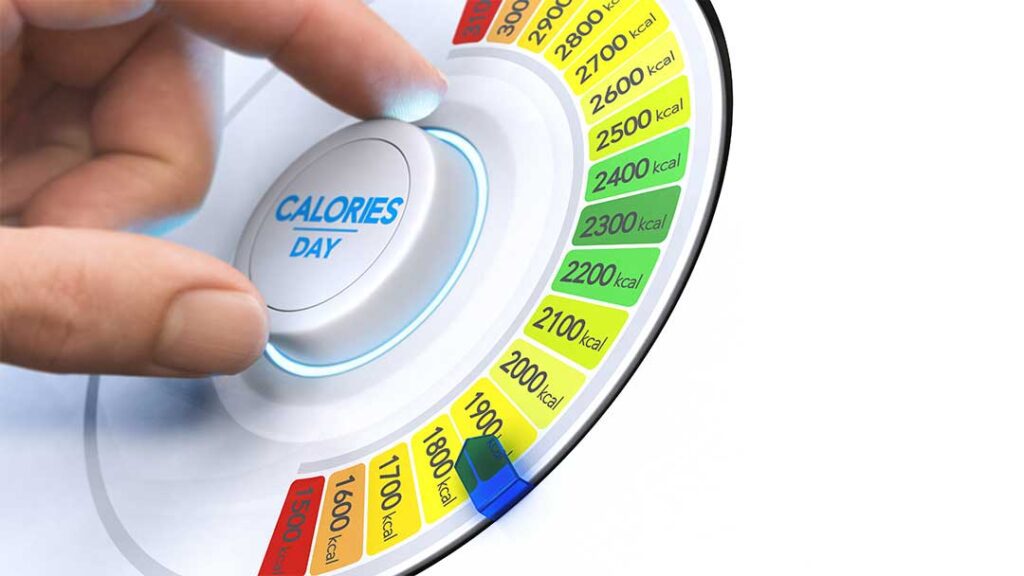
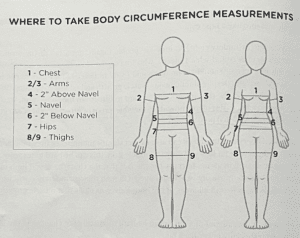
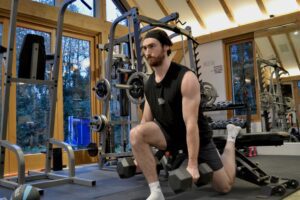
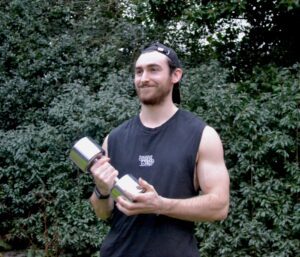

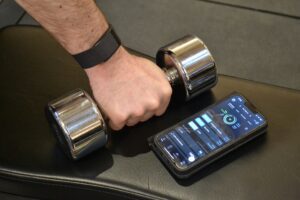

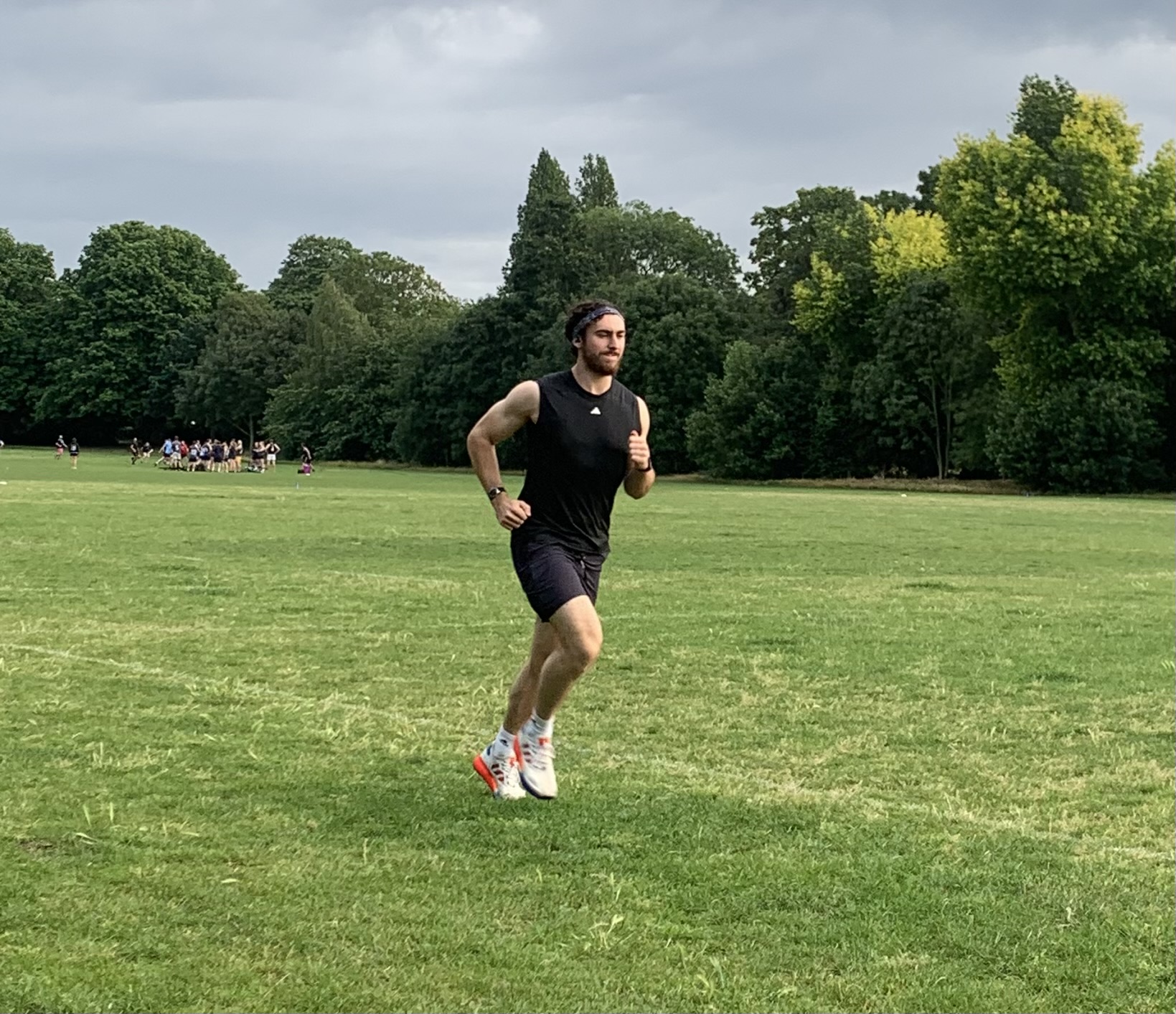
2 Responses